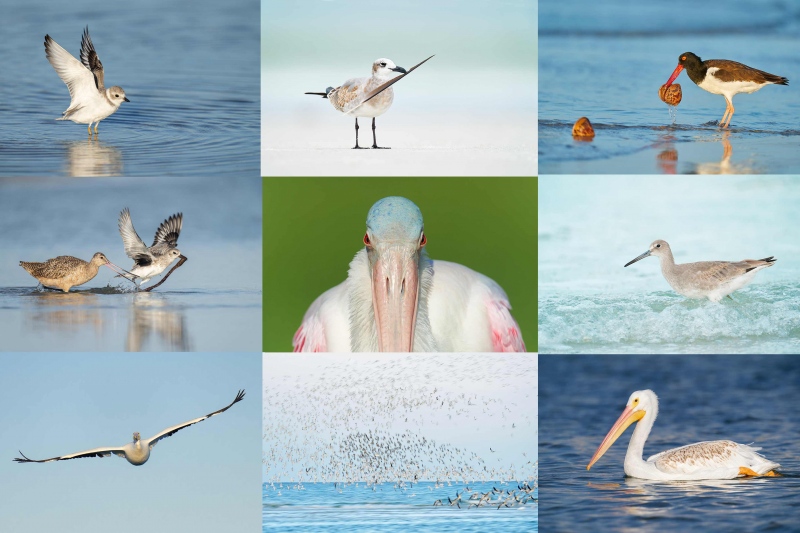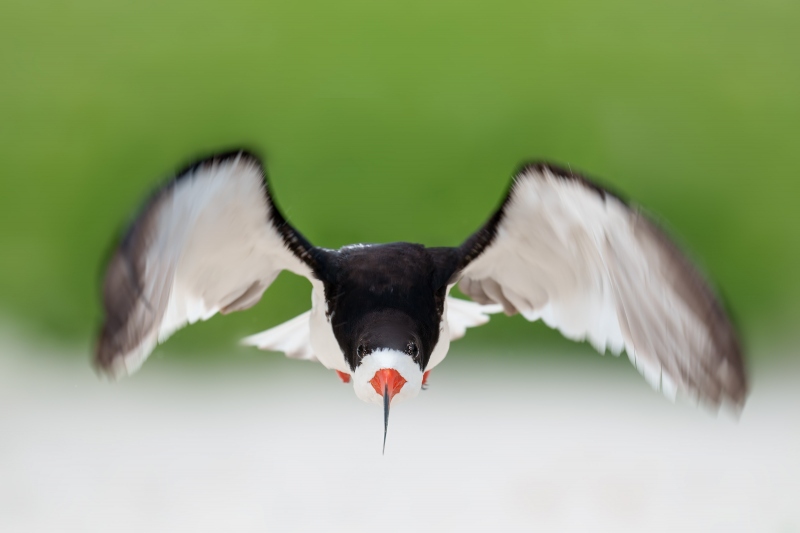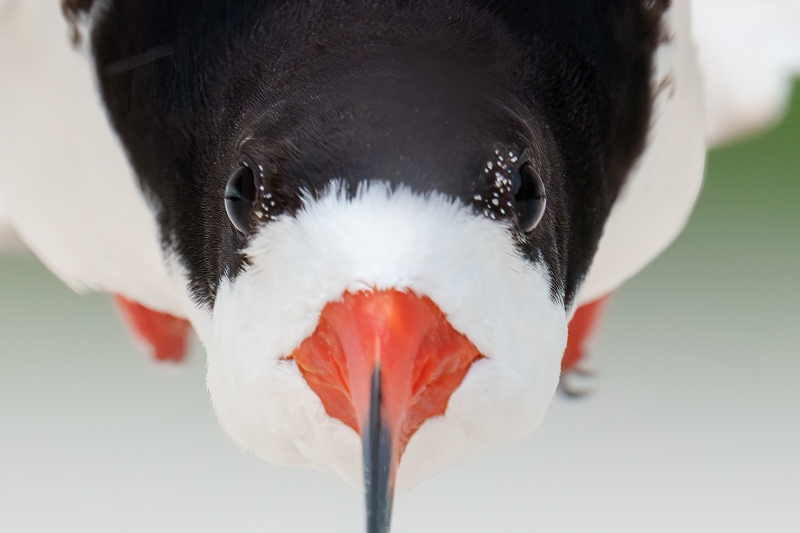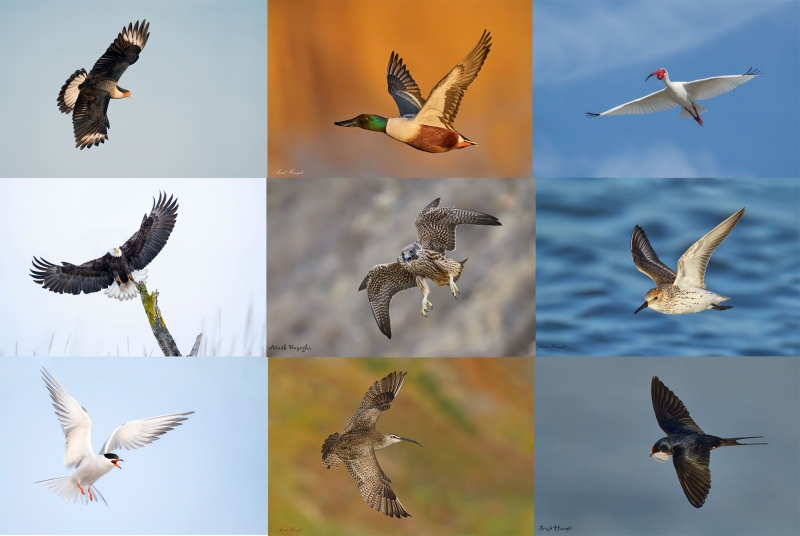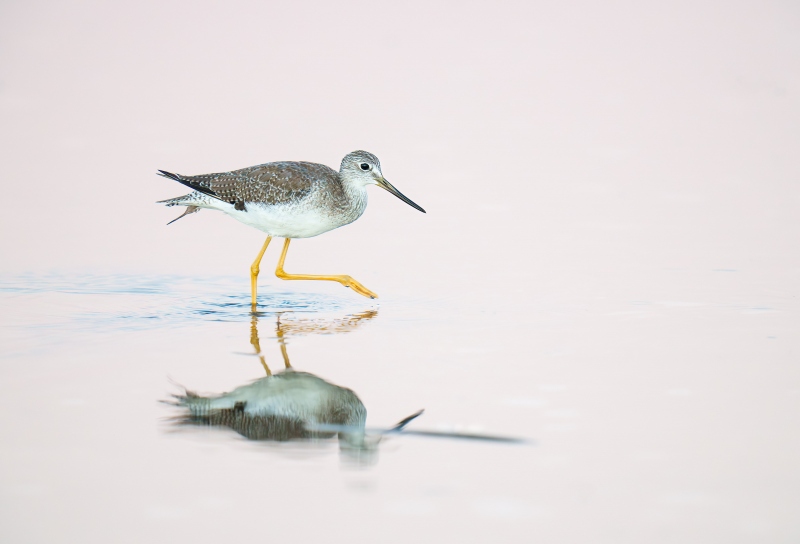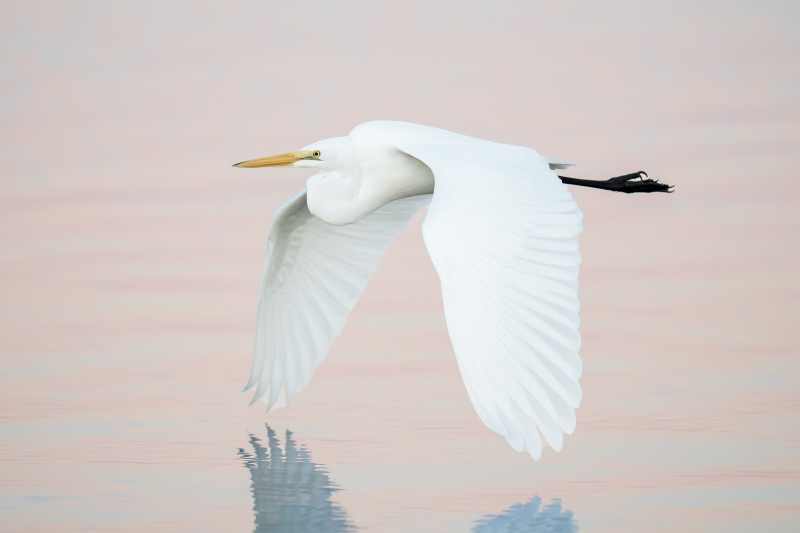Save $200!
Been thinking of an IPT? Sign up for any Instructional Photo Tour while I am in the Galapagos and enjoy a $200 discount on your balance. See the IPT schedule here and then call Jim at 863-692-0906 to leave your deposit. Hard to choose between DeSoto in the fall, San Diego for Pacific-race Brown Pelicans, or Homer, AK for Bald Eagles and more.
What’s Up?
As I am in the Galapagos leading the 2023 Photo-Cruise of a Lifetime, this is being posted automatically in abstentia. If you are interested in joining me in the Galapagos in August 2024, please get in touch via e-mail. Remember that you only live once.
I will be back in my office for a full day of work on September 14, 2023. See you then!
Today is Sunday 3 September 2023. Wherever you are and whatever you are doing, I hope that you too have a great day.
Please remember to use the B&H and Amazon links that are found on most blog pages and to use the BIRDSASART discount code at checkout when purchasing your new gear from Bedfords to get 3% back on your credit card and enjoy free second-day air FedEx. Please, also, consider joining a BAA IPT. You will be amazed at how much you will learn!
You can find some great photo accessories (and necessities, like surf booties!) on Amazon by clicking on the Stuff tab on the orange/yellow menu bar above. On a related note, it would be extremely helpful if blog-folks who, like me, spend too much money on Amazon, would get in the habit of clicking on the Amazon logo link on the right side of each blog post when they shop online. As you might expect, doing so will not cost you a single penny, but would be appreciated tremendously by yours truly. And doing so works seamlessly with your Amazon Prime account.
If an item — a Delkin flash card, or a tripod head — for example, that is available from B&H and/or Bedfords, is also available in the BAA Online Store, it would be great, and greatly appreciated, if you would opt to purchase from us. We will match any price. Please remember also to use my B&H affiliate links or to earn 3% cash back at Bedfords by using the BIRDSASART discount code at checkout for your major gear purchases. Doing either often earns you free guides and/or discounts. And always earns my great appreciation.
Are You a One Percenter?
I received the pass-along e-mail below from my good friend, multiple IPT veteran John Dupps. It will be good to work with him again on the November DeSoto IPT.
INTERESTING FACTS ABOUT THE ONE PERCENTERS
99% of people born between 1930 and 1946 (GLOBALLY) are now dead.
If you were born in this time span, your ages range between 77 and 93 years old (a 16-year age span) and you are one of the rare surviving one-percenters.
You are the last generation, climbing out of the depression, who can remember the winds of war and the impact of a world at war that rattled the structure of our daily lives for years.
You are the last to remember ration books for everything from tea to sugar to shoes. You saved tin foil and poured fried meat fat into cans. You can remember milk being delivered to your house early in the morning and placed in the “milk box” at the front door. Discipline was enforced by parents and teachers. You are the last generation who spent childhood without television and instead, you “imagined” what you heard on the radio.
With no TV, you spent your childhood “playing outside”. There was no city playground for kids. The lack of television in your early years meant that you had little real understanding of what the world was like. We got “black-and-white” TV in the late 50s that had 3 stations and no remote. Telephones (if you had one) were one to a house and hung on the wall in the kitchen (who cares about privacy). Computers were called calculators; they were hand-cranked. Typewriters were driven by pounding fingers, throwing the carriage, and changing the ribbon. INTERNET and GOOGLE were words that did not exist. Newspapers and magazines were written for adults and your dad would give you the comic pages after he read the news. The news was broadcast on your radio in the evening. The radio network gradually expanded from 3 stations to thousands.
New highways would bring jobs and mobility. Most highways were 2 lanes and there were no Motorways. You went downtown to shop. You walked to school.
Your parents were suddenly free from the confines of the depression and the war, and they threw themselves into working hard to make a living for their families.
You weren’t neglected, but you weren’t today’s all-consuming family focus. They were glad you played by yourselves. They were busy discovering the postwar world. You entered a world of overflowing plenty and opportunity; a world where you were welcomed, enjoyed yourselves. You felt secure in your future, although the depression and poverty were deeply remembered.
Polio was still a crippler. Everyone knew someone who had it.
You are the last generation to experience an interlude when there were no threats to our country. World WarII was over and the cold war, terrorism, global warming, and perpetual economic insecurity had yet to haunt life. Only your generation can remember a time after WW2 when our world was secure and full of bright promise and plenty. You grew up at the best possible time, a time when the world was getting better.
More than 99% of you are retired now, and you should feel privileged to have “lived in the best of times!” If you have already reached the age of 77 years old, you have outlived 99% of all the other people on this planet. You are a one percenter.
|
|
These were delivered in small wooden pallet crates |
My Thoughts
Though I technically fit into this group, I do not remember anything about the Depression. And World War II was never in my mind as a child. Heck, I was about eleven years old when I finally noticed that my Dad had only one arm.
I do, however, remember the milkman. And the seltzer man who delivered Fox’s U-bet chocolate syrup (in jars) and a variety of flavored syrups along with the seltzer in the bottles, like the one above, now only $149.00. My favorite was the lemon and lime syrup. Fox’s U-bet chocolate syrup was a core ingredient of most chocolate egg creams. Somewhat surprisingly, I was not a big fan, but I did drink one on occasion. Most of the time when I went into Jack’s Candy Store on East 36th street and Avenue S, I’d go for a pretzel bagel (5 cents) and a cherry coke (6 cents) from the fountain in a what would now be considered a “classic” Coke glass. Candy stores were sort of glorified new stands. The was another one catty corner to Jack’s and a third, 2 blocks down near the Marine Park Jewish Center the I was bar mitzvahed in June of 1960. I remember that right before I was called up to sing my haftara there was an ice-cream truck outside playing Lavender Blue (Dilly, Dilly) by Sammy Turner, 1959. It is one of my clearest memories and sounds as if it was only yesterday.
As for playing outside, there was 3 X 12 foot stripe of rock garden in front of my parents’ home. My Dad would often bring me toy soldiers made of lead and painted brown. I played with them alone in the rock garden setting all sorts of battles. By the time I was thirteen, I was into sports. We invented a game of street slap ball that we called honey bases. First base was manhole cover near the middle of the street. If you ran up on the bounce pitch, you could slice the ball right over the edge of the manhole cover and it would go down the block for a home run. “Third “base was on the opposite curb from home plate as the three bases formed a right triangle.
Your Thoughts?
All are invited to recall some of their favorite thoughts and memories from childhood by leaving a comment. You do not have to be a one percenter to participate, but if you are, you can mention the year of your birth.
|
|
|
All images from SEPT/OCT/NOV at Fort DeSoto. Click on the image to enjoy a larger, sharper high-resolution version. Clockwise from upper left to center: Piping Plover flapping after bath, juvenile Laughing Gull with feather, American Oystercatcher with sea urchins, Willet foraging in surf, American White Pelican juvenile swimming, skimmer/tern/shorebird blast-off blur, American White Pelican in flight, Black-bellied Plover stealing lugworm from Marbled Godwit, Roseate Spoonbill staring. |
Fall 2023 Fort DeSoto Instructional Photo-Tour #2
3 1/2 Days: Tuesday 17 October through the morning session on Friday 20 October 2023. $1899.00 includes three working lunches. Limit six photographers.
Fall 2023 Fort DeSoto Instructional Photo-Tour #3
3 1/2 Days: Tuesday 30 October through the morning session on Friday 3 November 2023. $1899.00 includes three working lunches. Limit six photographers.
Fall 2023 Fort DeSoto Instructional Photo-Tour #4
3 1/2 Days: Tuesday 14 November through the morning session on Friday 17 November 2023. $1899.00 includes three working lunches. Limit six photographers/Openings: three.
Fall Bird Photography at Fort DeSoto
Fort DeSoto, located just south of St. Petersburg, FL, is a mecca for migrant shorebirds, terns, and gulls in fall. There they join hundreds of egrets, herons, and night-herons that winter on the T-shaped peninsula. With any luck at all, we should get to photograph one of Florida’s most desirable shorebird species: Marbled Godwit. Black-bellied Plover and Willet are easy, American Oystercatcher is pretty much guaranteed. Great Egret, Snowy Egret, Great Blue Heron, Tricolored Heron, and White Ibis are easy as well and we will almost surely come up with a tame Yellow-crowned Night-Heron or two. And there should be some quality Brown Pelican flight photography. In addition, Royal, Sandwich, Forster’s, and Caspian Terns will likely provide us with some good flight opportunities as well. Though not guaranteed, Roseate Spoonbill and Wood Stork might well be expected. And we will be on the lookout for a migrant passerine fallout in the event of a thunderstorm or two.
On this IPT, all will learn the basics and fine points of digital exposure. Nikon and Canon folks will learn to get the right exposure every time after making a single test exposure, and SONY folks will learn to use Zebras so that they can be sure of making excellent exposures before pressing the shutter button. Everyone will learn how to approach free and wild birds without disturbing them, to understand and predict bird behavior, to identify many species of shorebirds, to spot the good situations, to choose the best perspective, to see and understand the light, and to design pleasing images by mastering your camera’s AF system. Most importantly, you will surely learn to evaluate wind and sky conditions and understand how they affect bird photography. And you will learn how and why to work in Manual mode (even if you’re scared of it). The best news is that you will be able to take everything you learn home with you so that you will be a better photographer wherever and whenever you photograph.
|
Clockwise from upper left to center: Long-billed Curlew, juvenile Tricolored Heron, Marbled Godwits, Great Blue Heron, juvenile Pectoral Sandpiper, Wood Stork, smiling Sea Scallop, Ruddy Turnstone scavenging needlefish, Great Blue Heron sunset silhouette at my secret spot, and southbound migrant tern flock blur. |
The Details
There will be a Photoshop/image review session during or after lunch (included) each full day. That will be followed by Instructor Nap Time.
These IPTs will run with only a single registrant (though that is not guaranteed). The best airport is Tampa (TPA). Once you register, you will receive an e-mail with Gulfport AirBnB/VRBO information. If you register soon and would like to share an AirBnB with me, shoot me an e-mail. Other possibilities including taking a cab to and from the airport to our AirBnB and riding with me for $50/day. This saves you both gas and the cost of a rental car.
A $600 deposit is due when you sign up and is payable by credit card. Balances must be paid by check one month before the trip. Your deposit is non-refundable unless the IPT sells out with six folks, so please check your plans carefully before committing. You can register by calling Jim during weekday business hours at 863-692-0906 with a credit card in hand, or by sending a check as follows: make the check out to: BIRDS AS ART and send it via US mail here: BIRDS AS ART, PO BOX 7245, Indian Lake Estates, FL 33855. You will receive a confirmation e-mail with detailed instructions, clothing, and gear advice. Please shoot me an e-mail if you plan to register or if you have any questions on lodging.
Up Early, Stay Out Late!
Obviously, folks attending an IPT will be out in the field early and stay late to take advantage of the sweetest light and sunrise and sunset colors (when possible). The good news is that the days are relatively short in early fall. I really love it when I am leaving the beach on a sunny morning after a great session just as a carful or two of well-rested photographers are arriving. On cloudy days, we may — at the leader’s discretion, stay out in the morning for a long session and skip the afternoon session. To ensure early starts, breakfasts will be your responsibility. And so that we can get some sleep, dinners will sometimes be on your own as well.
Typos
With all blog posts, feel free to e-mail or to leave a comment regarding any typos or errors.


